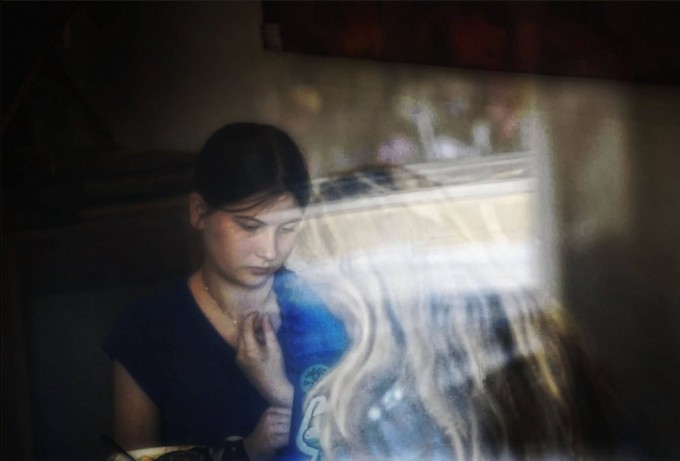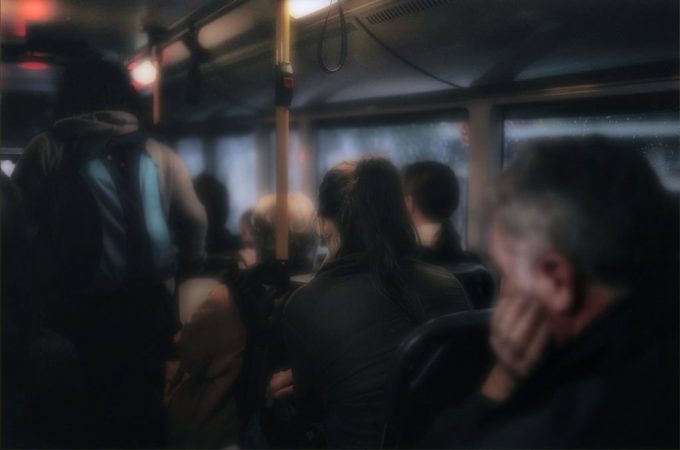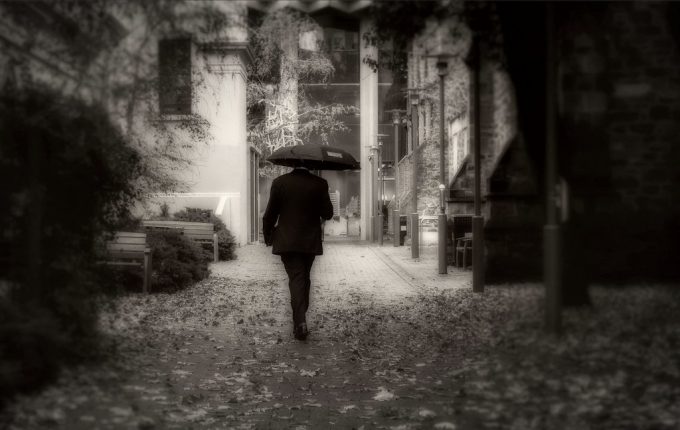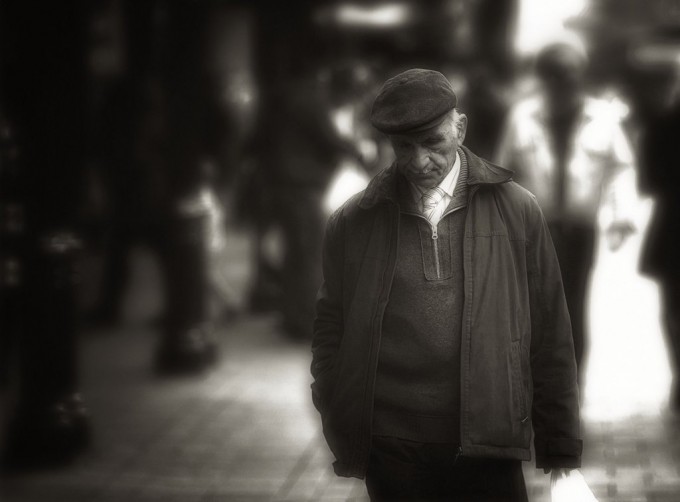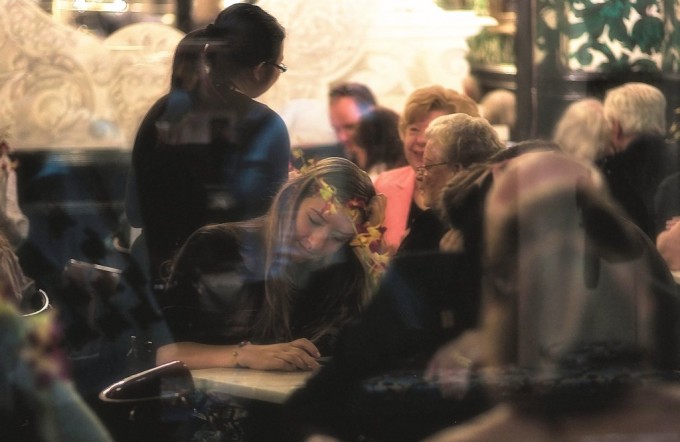Archiver
Veteran
Not sure if this is the right subforum, but here goes.
Over in this thread here, @andrew00 makes this interesting comment regarding the Contax T3:
 www.rangefinderforum.com
www.rangefinderforum.com
"A P+S like the Contax T3 seemed ideal. It's small but, in it's usage, really high quality, with a great lens and a nice compact and portable body. I also really like the 35mm focal length for feeling a lot like a memory."
This got me thinking, and I looked back through my Contax T3 images, as well as other 35mm images I've taken with the Canon 35L, Voigtlander 35/1.4 and 35/1.2, and a handful of Zeiss 35/2.8 images. While I've never associated the 35mm focal length with a memory, I get where andrew00 is coming from. It's wide enough that you can see context, but not so wide that the context detracts from the subject.
Having said that, I prefer 28mm and wider to capture what my eye sees in the moment. In fact, if I were to think of a lens which matches my visual perception, it would be like a 25mm anamorphic lens with 2x desqueeze, or like a Hasselblad X Pan with its two frames width of image, if that makes sense. But this is different from the internal sense of a 'memory'.
What focal length would you associate with memories?
Over in this thread here, @andrew00 makes this interesting comment regarding the Contax T3:
Looking for a P+S like the Contax T3, but cheaper
Hey, I'm going to be travelling in a bit and was looking to pickup a film camera to record the memories. I've gone back and forth about what to buy, from P+S's to a Leica M6 etc. Ultimately, I decided it's best to buy something not too expensive so I can spend the money on actually...
 www.rangefinderforum.com
www.rangefinderforum.com
"A P+S like the Contax T3 seemed ideal. It's small but, in it's usage, really high quality, with a great lens and a nice compact and portable body. I also really like the 35mm focal length for feeling a lot like a memory."
This got me thinking, and I looked back through my Contax T3 images, as well as other 35mm images I've taken with the Canon 35L, Voigtlander 35/1.4 and 35/1.2, and a handful of Zeiss 35/2.8 images. While I've never associated the 35mm focal length with a memory, I get where andrew00 is coming from. It's wide enough that you can see context, but not so wide that the context detracts from the subject.
Having said that, I prefer 28mm and wider to capture what my eye sees in the moment. In fact, if I were to think of a lens which matches my visual perception, it would be like a 25mm anamorphic lens with 2x desqueeze, or like a Hasselblad X Pan with its two frames width of image, if that makes sense. But this is different from the internal sense of a 'memory'.
What focal length would you associate with memories?
Last edited:




